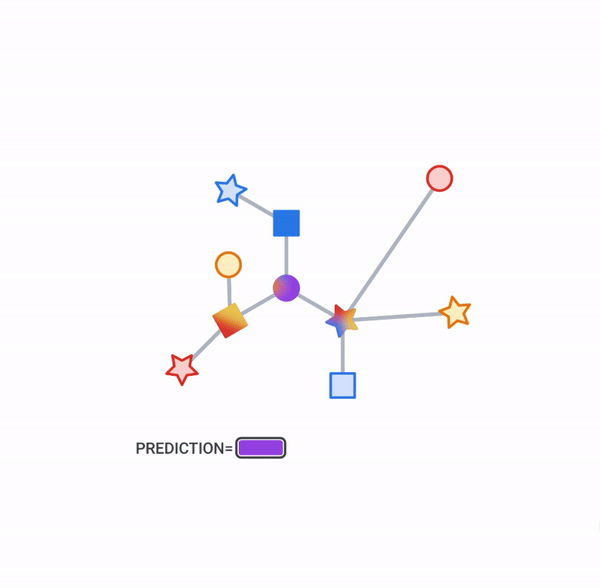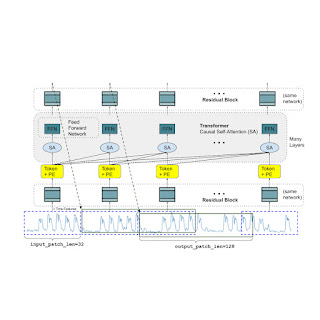
Query Language Modeling for Voice Search
February 17, 2011
Posted by Ciprian Chelba, Research Scientist
About three years ago we set a goal to enable speaking to the Google Search engine on smart-phones. On the language modeling side, the motivation was that we had access to large amounts of typed text data from our users. At the same time, that meant that the users also had a clear expectation for how they would interact with a speech-enabled version of the Google Search application.
The challenge lay in the scale of the problem and the perceived sparsity of the query data. Our paper, Query Language Modeling for Voice Search, describes the approach we took, and the empirical findings along the way.
Besides data availability, the project succeeded due to our excellent computational platform, the culture built around teams that wholeheartedly tackle such challenges with the conviction that they will set a new bar, and a collaborative mindset that leverages resources across the company. In this case we used training data made available by colleagues working in query spelling correction, query stream sampling procedures devised for search quality evaluation, the open finite state tools, and distributed language modeling infrastructure built for machine translation.
Perhaps the most satisfying part of this research project was its impact on the end-user: when presenting the poster at SLT 2010 in Berkeley I offered to demo Google Voice Search, and often got the answer “Thanks, I already use it!”.
-
Labels:
- Product


